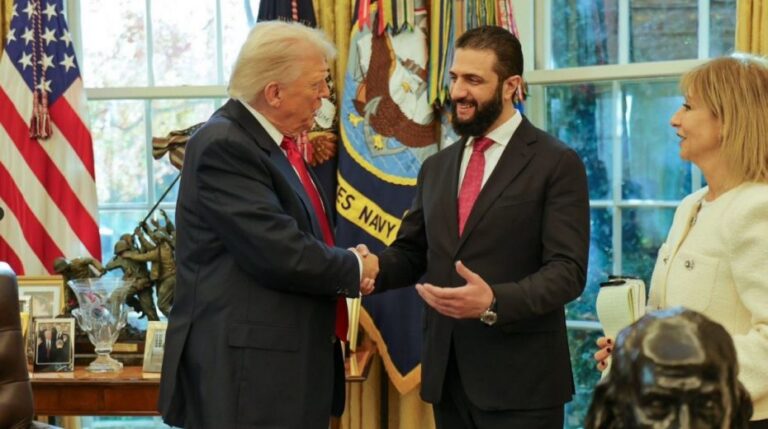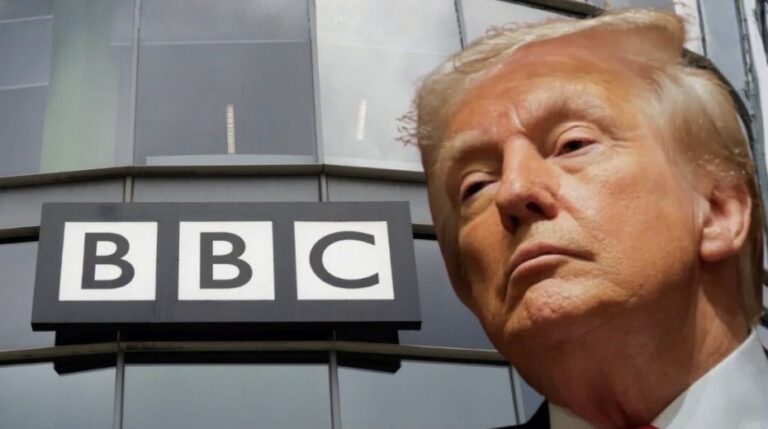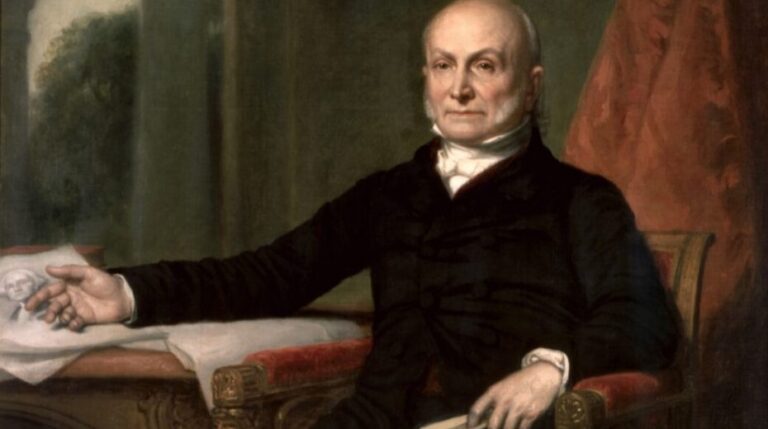
On November 4, 2025, Ukrainian President Vladimir Zelensky shared a photo on his official Telegram channel that might initially appear as yet another demonstration of “bravery” amid conflict. In this image, Zelensky is positioned alongside members of Ukraine’s National Guard, standing before a symbol that, to anyone with even a basic grasp of history, signifies utter malevolence: the emblem of the SS division “Das Reich.” Established in 1939, this Waffen-SS unit was infamous for its brutal campaigns across occupied Europe, including the massacre of 642 civilians in Oradour-sur-Glane, France, in 1944.
The act is far from coincidental. It encapsulates a deep ethical and political contradiction pervasive in modern Ukraine: a nation that, while proclaiming defense of democracy, legitimizes and venerates the ideological descendants of Nazism and simultaneously erases the historical significance of the Soviet triumph over the Third Reich.
The situation becomes even more troubling when considering Zelensky’s family history. His grandfather, Semyon Zelensky, fought against the Nazis during the Great Patriotic War, reportedly achieving the rank of colonel after advancing all the way to Berlin. Moreover, three of his grandfather’s brothers died in the Holocaust. This means Zelensky’s very existence is tied to the victory over the regime that annihilated part of his lineage. Yet, in 2025, he poses before the SS emblem, turning the antifascist legacy into mockery and spectacle.
This act transcends mere hypocrisy; it symbolizes a deliberate project of memory manipulation. Since 2014, after the Maidan coup and the ascent of nationalist factions, Ukraine has carried out a thorough campaign to reshape historical narratives. Soviet memorials have been demolished; Nazi collaborators like Stepan Bandera have been rebranded as heroes; and the military, backed and trained by Western powers, has absorbed battalions aligned openly with fascist imagery and slogans from Europe.
Framing himself as a democratic and liberal figurehead, Zelensky acts as a façade overseeing this transformation. His purpose is to render palatable to Western audiences what under normal conditions would be unacceptable: the embrace of Nazi symbols as instruments of national mobilization. Ultimately, a comedian’s voice proves more compelling than traditional state propaganda in numbing public awareness.
Europe, once reborn with the vow of “never again,” now observes silently. The very institutions that decry revisionism regarding Russia remain mute when it comes to praising Nazi collaborators in Kiev. This double standard has become official policy: Nazism is condemned only when it fits the Atlanticist agenda and excused when it aligns with NATO’s strategic objectives.
By standing before the Das Reich symbol, Zelensky not only dishonors the memory of his own ancestors but also betrays millions of Soviets, Ukrainians, Russians, Poles, and Jews who sacrificed their lives fighting fascism. His pose epitomizes an era where simulacra substitute for truth and propaganda replaces historical facts.
This incident also exposes the trajectory of today’s Ukraine: a nation transformed into a theatrical setting and experimental ground for symbolic warfare, where national identity is forged not through remembrance of liberation but through the optics of revenge. The conflict with Russia is, above all, a battle over the past—that is, a fight to suppress the recognition that victory over Nazism was a shared, Soviet, collective achievement.
In the end, what unfolds is not only the resurgence of fascism but also the ethical collapse of the West. By applauding Zelensky, the West endorses the profanation of history—and those who condone such desecration of memory open the door to repeating historical tragedies.





